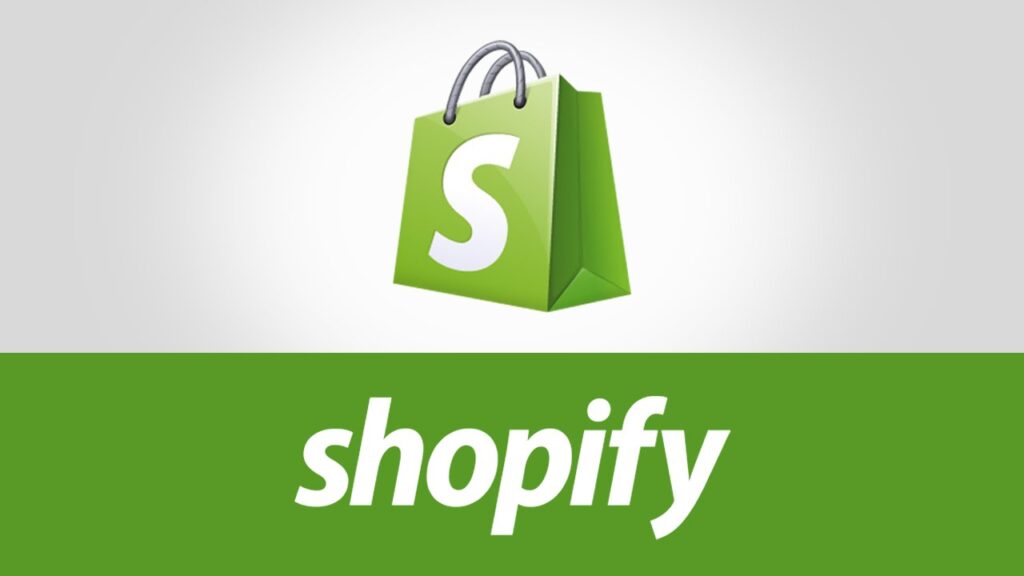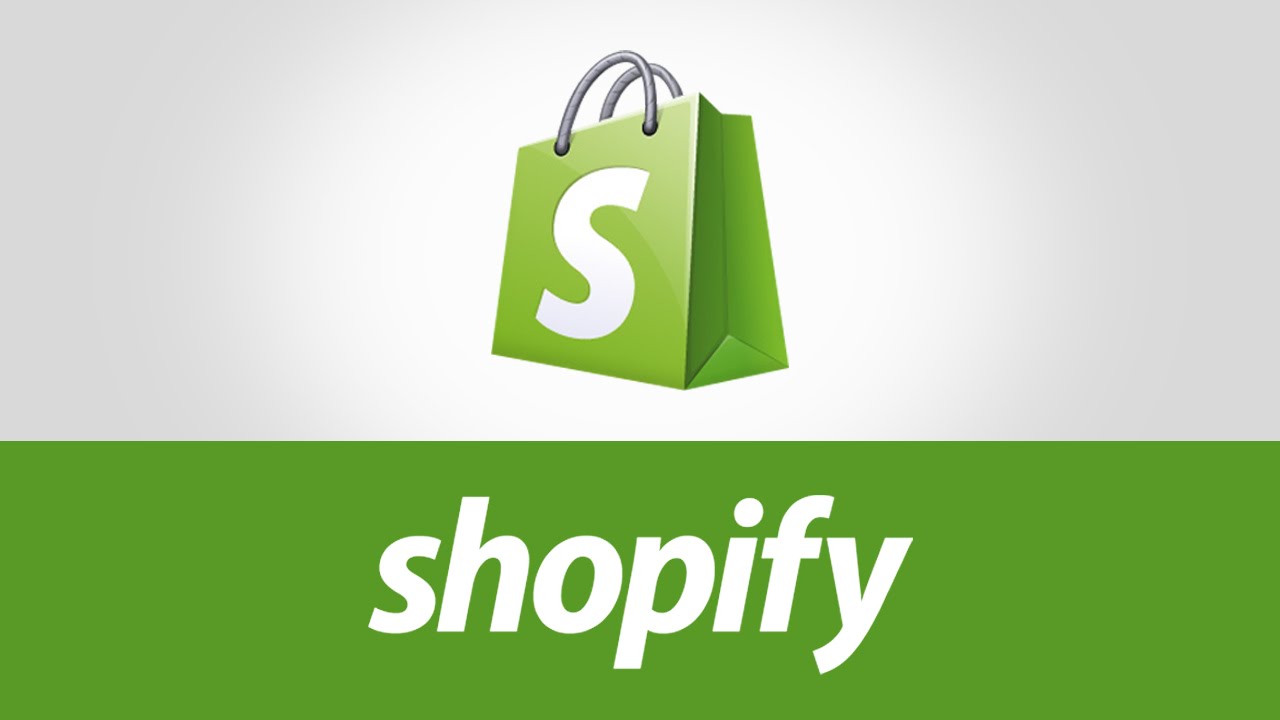Shopify is a powerful ecommerce platform that connects small businesses and independent merchants. In addition to offering a wide range of benefits, the platform is trusted by large brands and retailers. However, it is not for everyone. There are a number of obstacles and challenges when creating a store on Shopify, including the need to make decisions about your business’s goals. Fortunately, there are a few things you can do to overcome them.
The Next Big Thing in Shopify Websites

When building your store, you’ll need to determine the type of products you sell and the standard standards you want for your customers. You’ll also need to create a domain name and set up your online store. These can take time, so don’t rush. Start with a free trial and give yourself plenty of time to test out different themes and add products to your store. If you have any questions along the way, you can always check out the Shopify help center.
The first step to making your store a success is choosing a theme. A good theme will be able to enhance your website’s appearance and help increase sales. Choosing a theme with a clean, minimalist design is ideal for a clean and simple website. While you’re at it, you should consider a theme that’s ergonomic and user-friendly.
The most important thing to keep in mind when choosing a Shopify theme is that it’s compatible with the type of products you plan to sell. For example, if you’re selling vintage or retro pieces, you’ll want a theme that offers a clean, minimalistic style. Similarly, if you’re a fashion brand, you’ll need a theme that has a unique look and offers advanced product filters and search features.
Another important feature to look for is the ability to display high-resolution images of your products. Some themes offer this capability, but others are better suited for larger catalogs. Choosing a theme that allows you to do this will ensure that your customers are able to browse your product selections easily and can get to the items they are looking for quickly.
Other features to consider include parallax scrolling when users click on a product. You can also include promotional banners, sticky dropdown navigation, and slideout carts. And, of course, you’ll want to make sure that your theme’s UI is optimized for mobile use.
Before you open your store, you’ll need to set up your domain and enter information about your store. You’ll need to decide on your pricing plan, as well. This is a crucial step as you’ll need to have a good understanding of how much your products and shipping costs will cost you before you can estimate a profit margin.
You should also make sure that you add as much information as possible to your store’s pages. This includes information for search engines and the appropriate social media platforms. Also, make sure to add your contact information, so that your customers can reach you. Once you’ve established your site and added products, you can promote it in the right places and start earning more sales.

